Max Verstappen was the first to sign such a long-term contract two years ago, which ties him to Red Bull Racing through 2028. A logical move for both Red Bull Racing and Verstappen.
The three-time world champion is driving with the best team and Red Bull has the best driver on the F1 grid. A pretty obvious choice then for both parties to commit to each other for a long time.
At Ferrari, Charles Leclerc may have shown great things, but in recent years he has not been remotely better than Carlos Sainz.
Still, Leclerc has his new contract in and Sainz is in the waiting room for now. In Maranello, they made the decision to tie up the Monegasque until 2028, although there is a possibility for Leclerc to get out of it sooner.
With this choice, Ferrari has chosen a front-runner and the team's sponsors will also be satisfied. Indeed, there is certainty and Leclerc seems to be the ideal driver to represent the Ferrari brand. After all, F1 is always about the whole picture off the track as well as performance on it, and Leclerc is a driver for Ferrari who will be of great value on both counts.
Leclerc is very popular worldwide and is always ready to help Ferrari and the brands and sponsors associated with the team, therefore it offers security to have Leclerc attached to the team for a long time.
This will allow them to work on a stable future both on and off the track. So there are some clauses in the contract, but even these seem to work mainly to Leclerc's advantage.
Striking, it was reported in the Italian media, because such a clause would never have been included in a contract of a Ferrari driver by founder Enzo Ferrari.
The pride that he believed you had to have to race for Ferrari would disappear with such clauses. His thinking was that if you are a Ferrari driver, you are not with another team. A logical line of thought, yet current Ferrari seems to have no problem with Leclerc's break- clause, which he can trigger after 2026 if the team has not built a competitive car.
Viewed by others:
McLaren opts for stability
No doubt Lando Norris will also have a clause that would allow him to still leave McLaren early. It is likely that the Briton too will wait for the 2026 season to see if he would actually want to make use of the clause. It does mean, however, that Norris will continue to race for McLaren for at least three more seasons, and that obviously provides a lot of stability within an upwardly mobile McLaren.
Besides the team and sponsors being happy with Norris' long commitment, Team Principal Andrea Stella is also the big winner from a long-term contract.
Stella has repeatedly stated that team can only perform well when there is a stable foundation. At the end of the day, the most important factor remains the drivers who race the cars, with McLaren locked in through 2026 with Oscar Piastri signing his own extension last year.
With that, Stella's wish is fulfilled and the Italian can quietly continue working on what is to be his "masterpiece," following the Italian team boss' promising start in 2023 following promotion after the departure of Andreas Seidl.
Drivers seize power
So in terms of both performance and marketing policy, F1 teams seem to have taken a new direction. Indeed, in the past, most drivers signed contracts of one or two seasons. This provided less security for the driver and the team, but was assumed to keep the team and driver on their toes at the same time.
The power then lay mainly with the team, which also had to deal with relatively low buyouts if they wanted to get rid of a driver early.
The long-term contracts that are now being negotiated seem to be mainly to the disadvantage of the teams, in that the clauses are mainly with the drivers. They thus seem to have gained more power, thus putting even more pressure on the teams.
Both McLaren and Ferrari will have to have a competitive car immediately in 2026, otherwise they will not only risk inferior performances but could also lose their star drivers.
Indeed, during the season, drivers with a clause will already start talking to other teams. This could turn the 2026 season into a total disaster for these teams.
It is striking to see the teams give away so much power because where Verstappen has proven himself to be a world-class driver, it is still up to Leclerc and Norris to prove themselves once and for all.
No doubt, therefore, the management of both drivers will have been pleased with the new F1 trend that Verstappen started.
Stability has become the new magic word and that has worked out well in the negotiations surrounding Norris' and Leclerc's new contracts.
In that respect, George Russell perhaps should have got more out of it at Mercedes. His new contract expires at the end of 2025, and so Russell is not joining that trend. Time will tell whether he would indeed have been better off betting on a long-term contract or whether he was smart in keeping several options open.
Don't miss out on any of the Formula 1 action thanks to this handy 2026 F1 calendar that can be easily loaded into your smartphone or PC.
Download the calenderMost read
In this article
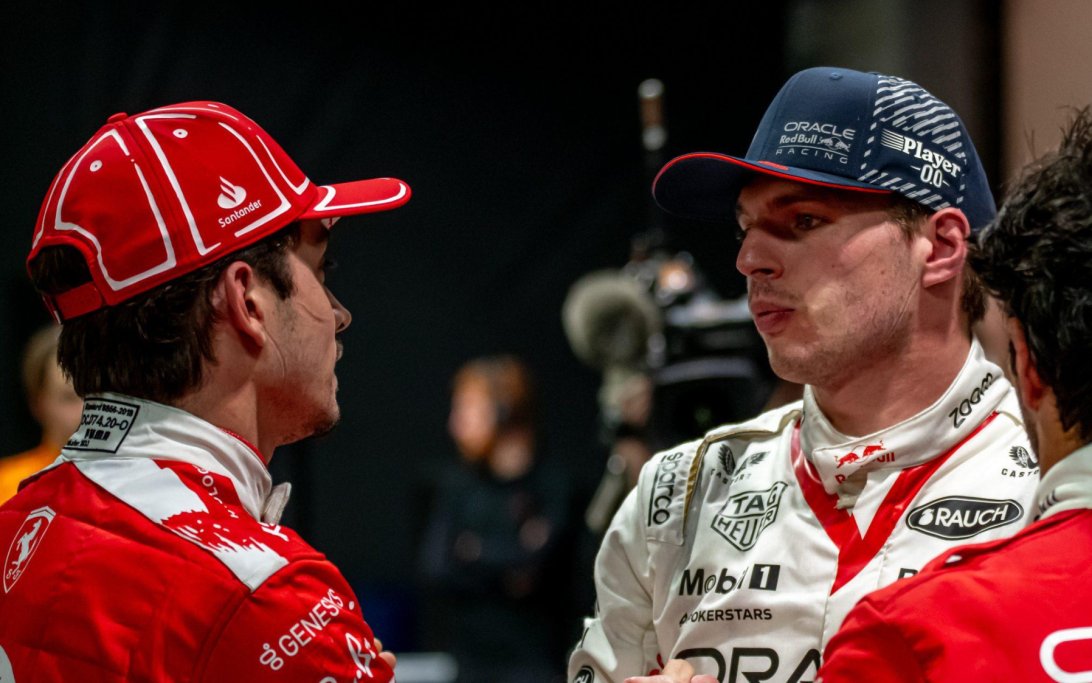
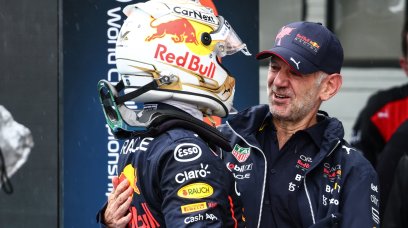
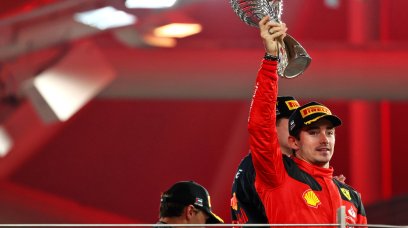
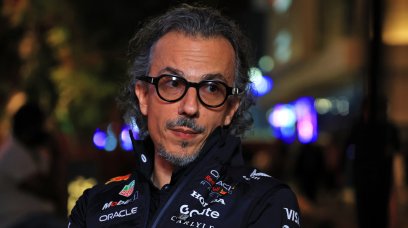
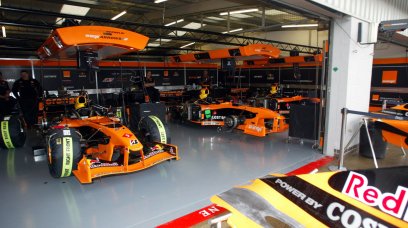
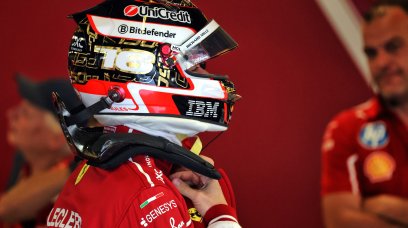
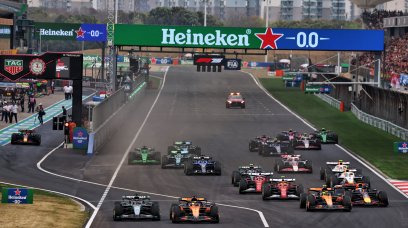



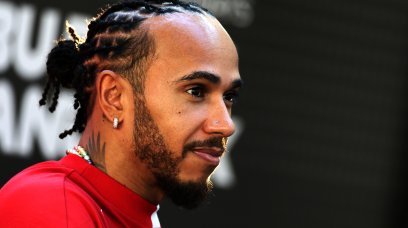

Join the conversation!